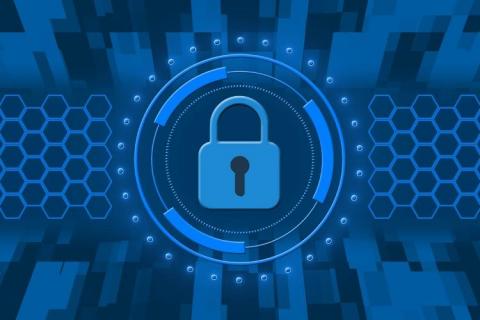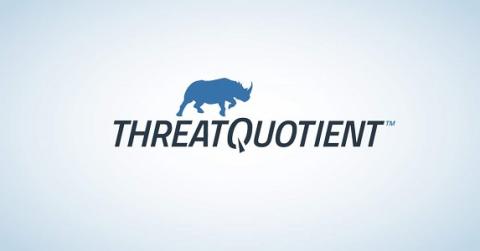Selecting the Optimal Threat Intelligence Platform in 5 Steps
To use threat intelligence and data more productively, many organizations are investing in a threat intelligence platform (TIP). Selecting a TIP is important as it will serve as the foundation for your entire security operations program, allowing you to understand and act upon the highest priority threats you face, while enabling you to get more from your existing resources — technology and people. However, amidst a plethora of options, selecting the right TIP can be daunting.











